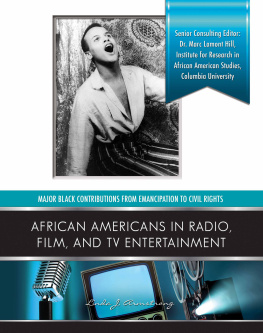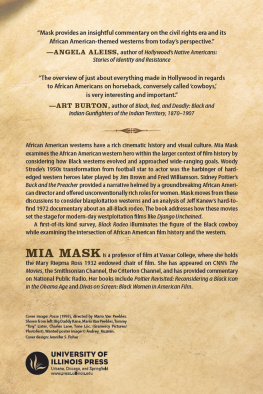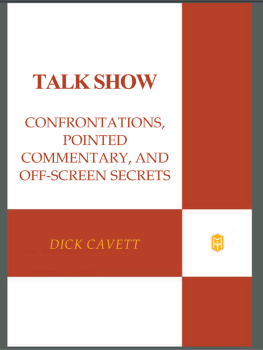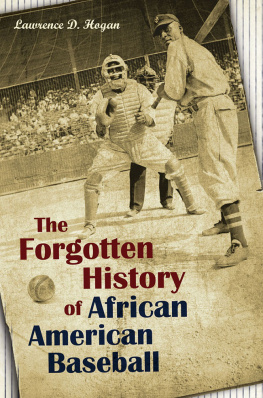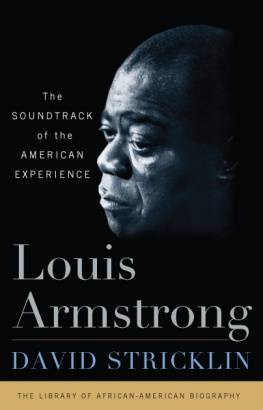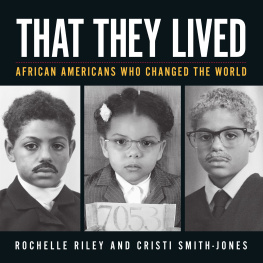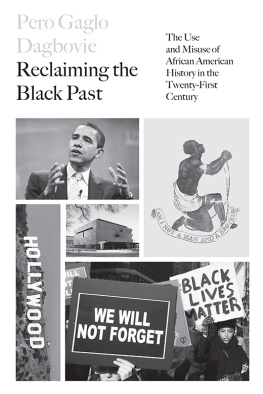
AFRICAN-AMERICANS
IN RADIO, FILM, AND
TV ENTERTAINMENT
LINDA J. ARMSTRONG
TITLES IN THIS SERIES
AFRICAN-AMERICAN ACTIVISTS
AFRICAN-AMERICAN ARTISTS
AFRICAN-AMERICAN EDUCATORS
AFRICAN-AMERICAN MUSICIANS
AFRICAN-AMERICAN SCIENTISTS AND INVENTORS
AFRICAN-AMERICAN WRITERS AND JOURNALISTS
AFRICAN AMERICANS IN BUSINESS
AFRICAN AMERICANS IN LAW AND POLITICS
AFRICAN AMERICANS IN THE MILITARY
AFRICAN AMERICANS IN RADIO, FILM, AND TV ENTERTAINMENT
AFRICAN AMERICANS IN SPORTS
A HISTORY OF THE CIVIL RIGHTS MOVEMENT
AFRICAN-AMERICANS IN
RADIO, FILM, AND TV
ENTERTAINMENT

LINDA J. ARMSTRONG

MASON CREST
PHILADELPHIA
 | Mason Crest
370 Reed Road, Suite 302
Broomall, PA 19008
www.MasonCrest.com |
Copyright 2013 by Mason Crest, an imprint of National Highlights, Inc.
All rights reserved. No part of this publication may be reproduced or transmitted in any form or by any means, electronic or mechanical, including photocopying, recording, taping, or any information storage and retrieval system, without permission from the publisher.
Printed and bound in the United States of America.
CPSIA Compliance Information: Batch #MBC2012-10. For further information, contact Mason Crest at 1-866-MCP-Book.
First printing
1 3 5 7 9 8 6 4 2
Library of Congress Cataloging-in-Publication Data
Armstrong, Linda J.
African-American stage, radio, film, and TV entertainers / Linda J. Armstrong.
p. cm. (Major Black contributions from Emancipation to civil rights)
Includes bibliographical references and index.
ISBN 978-1-4222-2380-2 (hc)
ISBN 978-1-4222-2393-2 (hc)
1. African American entertainersBiographyJuvenile literature. I. Title.
PN2286.A76 2012
792.092'396073dc23
[B]
2011051946
Publishers note: All quotations in this book are taken from original sources, and contain the spelling and grammatical inconsistencies of the original texts.
Picture credits: Library of Congress: .
TABLE OF CONTENTS
by Dr. Marc Lamont Hill,
Institute for Research in African American Studies at Columbia University.

Dr. Marc Lamont Hill
I t is impossible to tell the story of America without telling the story of Black Americans. From the struggle to end slavery, all the way to the election of the first Black president, the Black experience has been a window into Americas own movement toward becoming a more perfect union. Through the tragedies and triumphs of Blacks in America, we gain a more full understanding of our collective history and a richer appreciation of our collective journey. This book series, MAJOR BLACK CONTRIBUTIONS FROM EMANCIPATION TO CIVIL RIGHTS, spotlights that journey by showing the many ways that Black Americans have been a central part of our nations development.
In this series, we are reminded that Blacks were not merely objects of history, swept up in the winds of social and political inevitability. Rather, since the end of legal slavery, Black men and women have actively fought for their own rights and freedoms. It is through their courageous efforts (along with the efforts of allies of all races) that Blacks are able to enjoy ever increasing levels of inclusion in American democracy. Through this series, we learn the names and stories of some of the most important contributors to our democracy.
But this series goes far beyond the story of slavery to freedom. The books in this series also demonstrate the various contributions of Black Americans to the nations social, cultural, technological, and intellectual growth. While these books provide new and deeper insights into the lives and stories of familiar figures like Martin Luther King, Michael Jordan, and Oprah Winfrey, they also introduce readers to the contributions of countless heroes who have often been pushed to the margins of history. In reading this series, we are able to see that Blacks have been key contributors across every field of human endeavor.
Although this is a series is about Black Americans, it is important and necessary reading for everyone. While readers of color will find enormous purpose and pride in uncovering the history of their ancestors, these books should also create similar sentiments among readers of all races and ethnicities. By understanding the rich and deep history of Blacks, a group often ignored or marginalized in history, we are reminded that everyone has a story. Everyone has a contribution. Everyone matters.
The insights of these books are necessary for creating deeper, richer, and more inclusive classrooms. More importantly, they remind us of the power and possibility of individuals of all races, places, and traditions. Such insights not only allow us to understand the past, but to create a more beautiful future.


This scene from A Raisin in the Sun features (From left) Ruby Dee (as Ruth Younger), Claudia McNeil (as Lena Younger), Diana Sands (as Beneatha Younger), and Sidney Poitier (as Walter Lee Younger).
O n the evening of March 11, 1959, 28-year-old Lorraine Hansberry took her seat on the aisle. It was opening night in New York City for her Broadway play, A Raisin in the Sun. Her producer, Philip Rose, sat beside her at the Ethel Barrymore Theatre. The play had been well received at showings in New Haven, Connecticut; Philadelphia; and Chicago. However, Broadway would be a tough test. It was, and still is, known as the nations leading theater district.
The outlook didnt look especially promising. A preview the night before had received mixed reviews. Hansberry and Rose werent expecting much more on opening night. Although they believed their play portrayed real African-American characters and not stereotypes, they were unsure how the story would be received by the mostly white audience at the Ethel Barrymore Theatre.
While they didnt realize it at the time, that opening night would change their lives. It would change the lives of cast members. It would even make a difference for all African Americans.
Did You Know?
The title of Lorraine Hansberrys groundbreaking play comes from Harlem, a poem by the African-American poet Langston Hughes.
TRIUMPH!
The lights went down and the curtain rose to show the Younger family gathered in a dingy room. They had just received good news that they were getting a check for $10,000. The father had died and the money was his life insurance.
Next page
